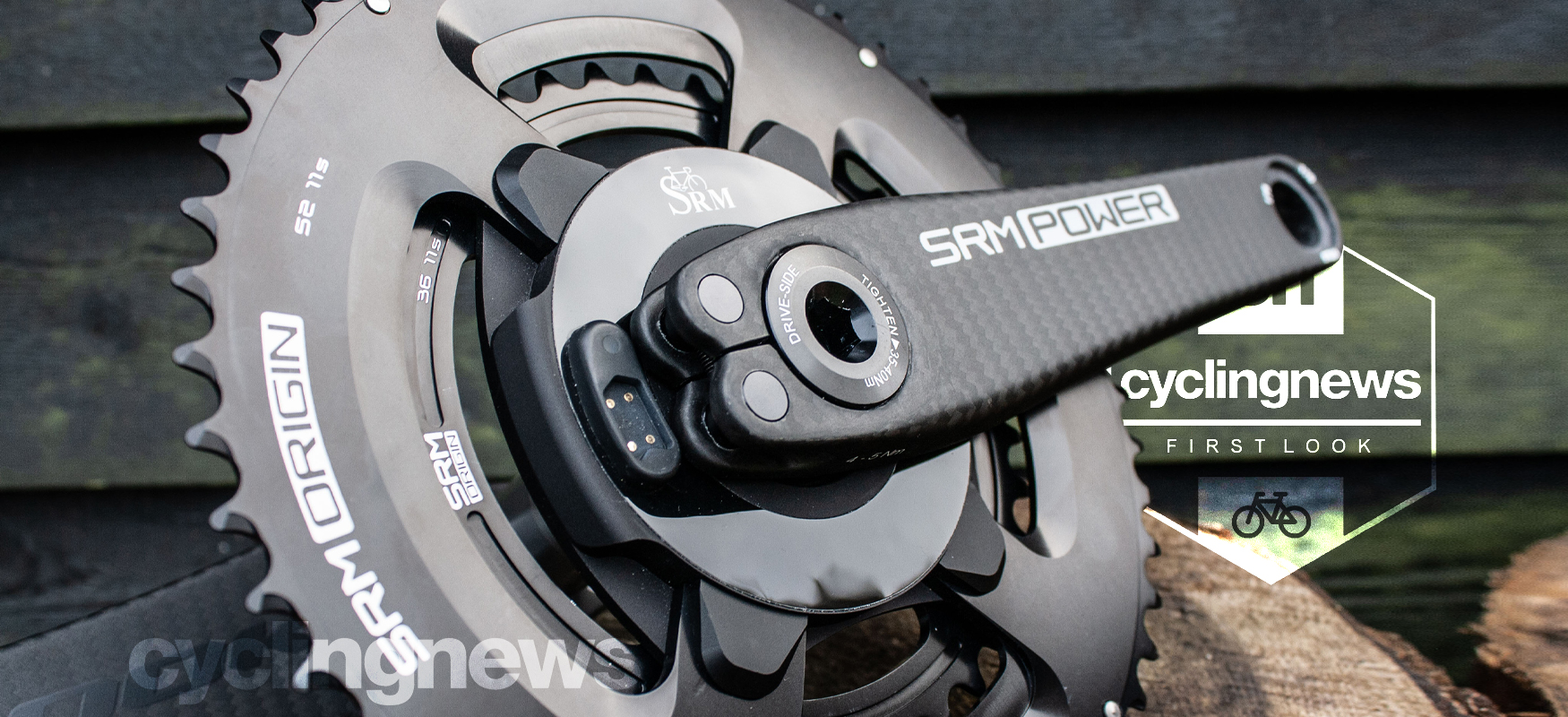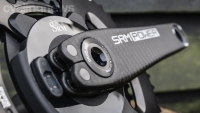Early Verdict
SRM's latest hardware offering, the Powermeter 9 or PM9, is accurate, reliable and desirable as ever
Pros
- +
+/-1% accuracy
- +
Magnetless cadence
- +
Left-right balance
- +
Oval chainring compatible
- +
100-hour battery runtime
- +
ANT+, Bluetooth and Zwift compatible
Cons
- -
Expensive but you knew that already
You can trust Cyclingnews
SRM needs no introduction - particularly to number-crunching cycling aficionados who eat, sleep and breathe watts. The German company is a pioneer of data harvesting and has been manufacturing, what have broadly been considered, the most accurate, reliable and best power meters on the market for nearly four decades now. In recent years however, the popularity and affordability of pod-based single-sided power meters led by company's such as Stages and 4iiii have brought power to a broader demographic but SRM is under no pressure to conform or water down its brand cachet. The €1,190 / £1,150 SRM X-Power power meter pedals are a case in point, as is the Powermeter 9 you see here.
But just what does the SRM PM9 offer that other contemporary power meters don't? Let's take a closer look.
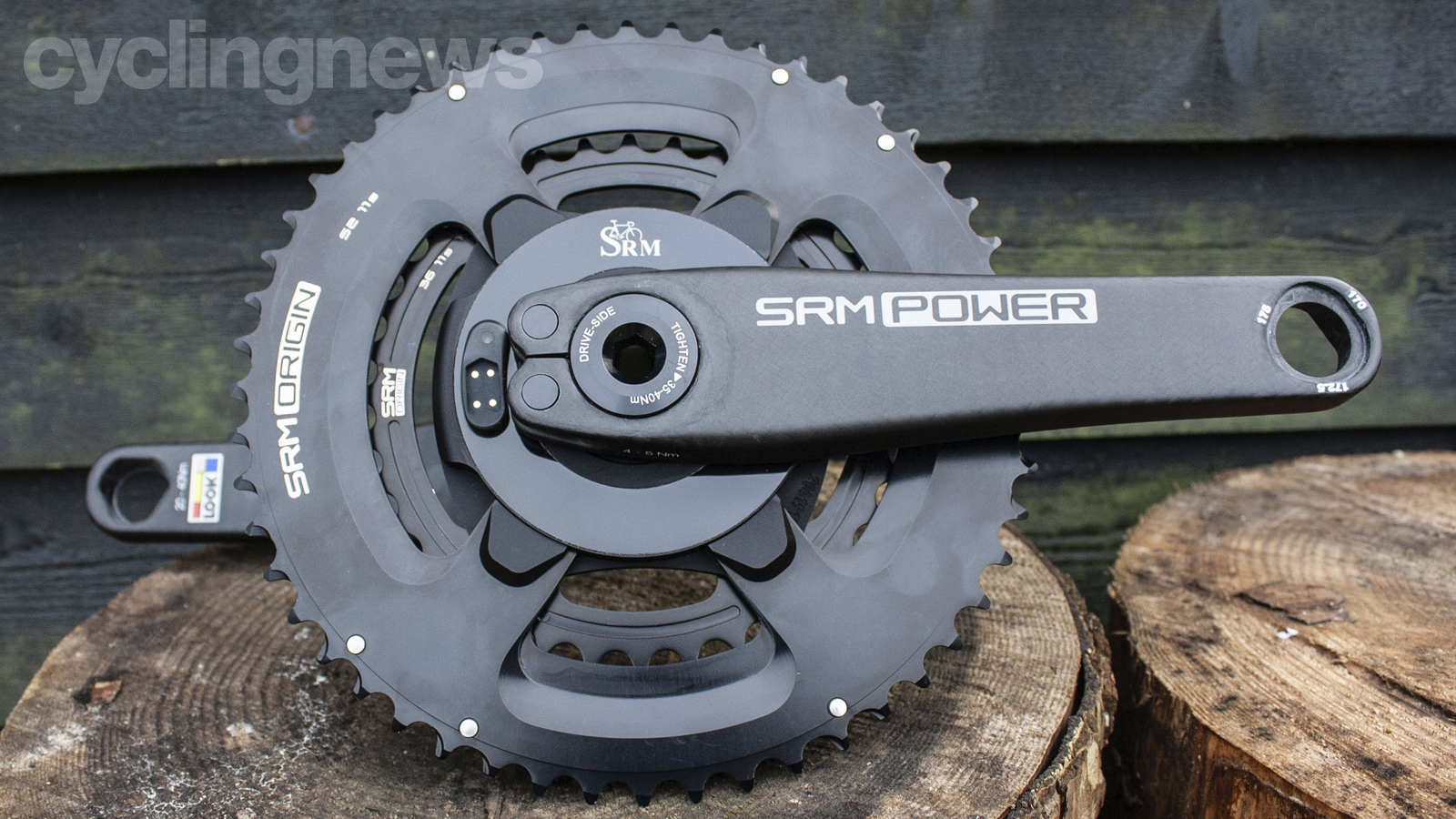
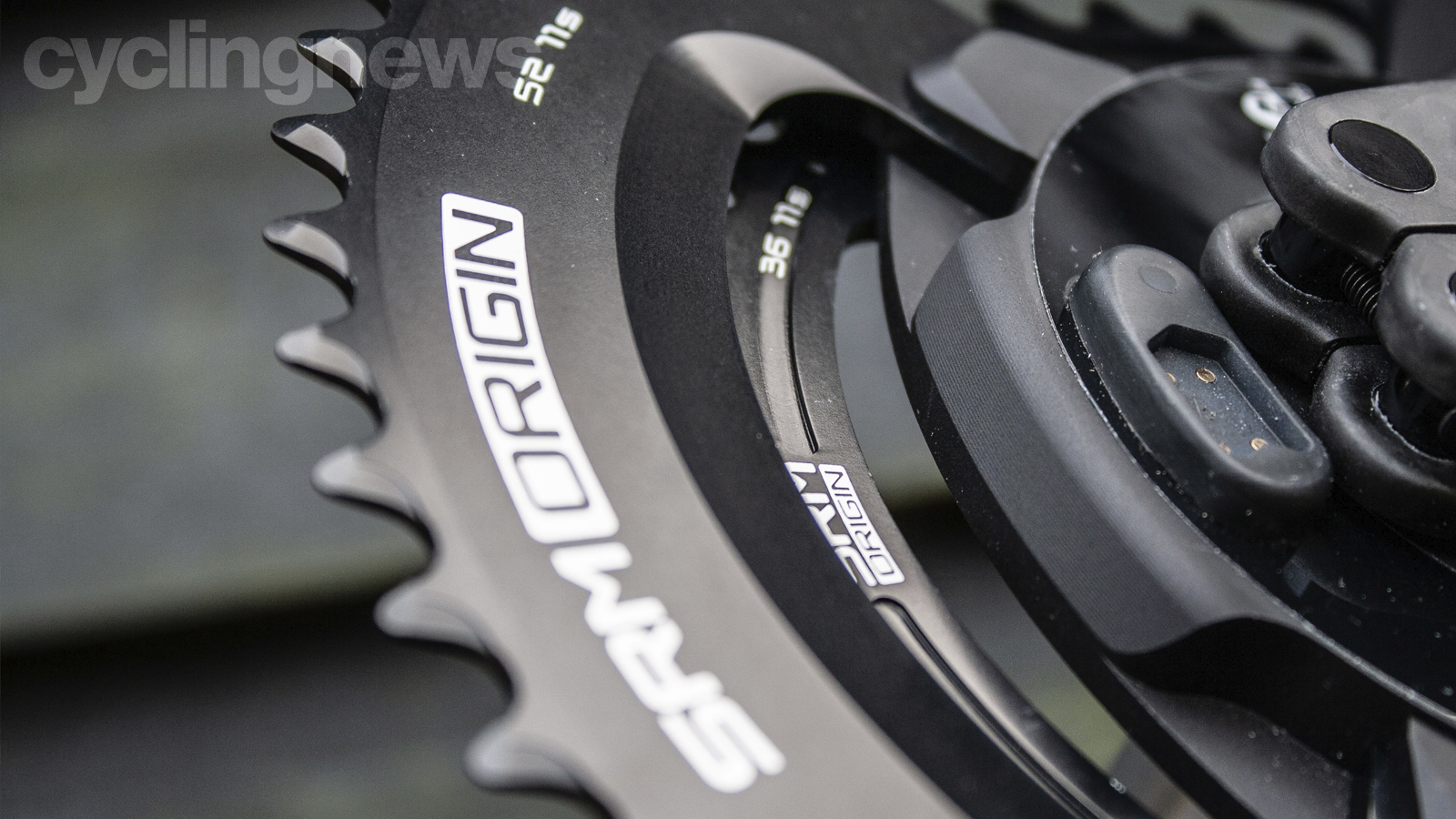
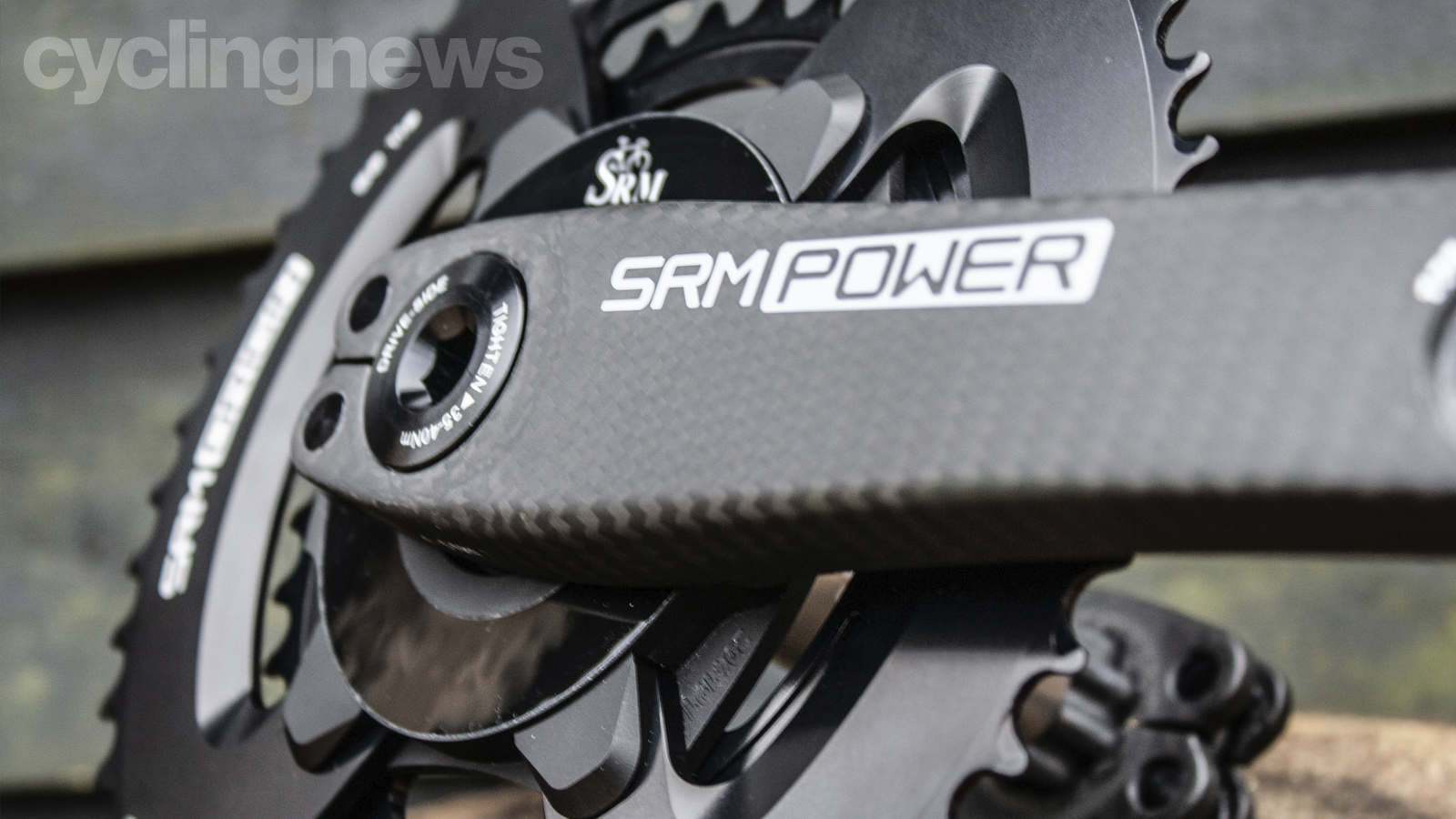
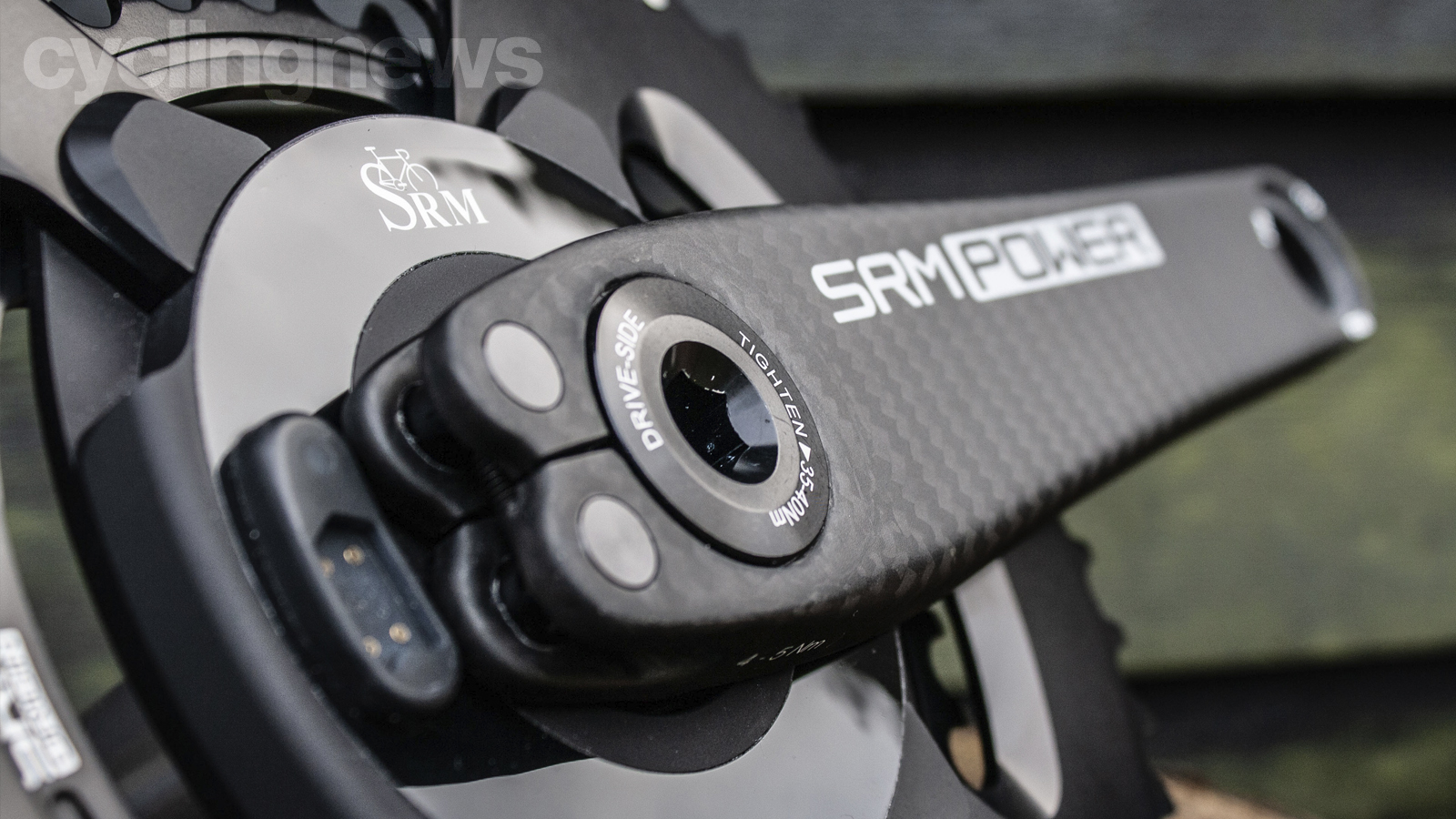
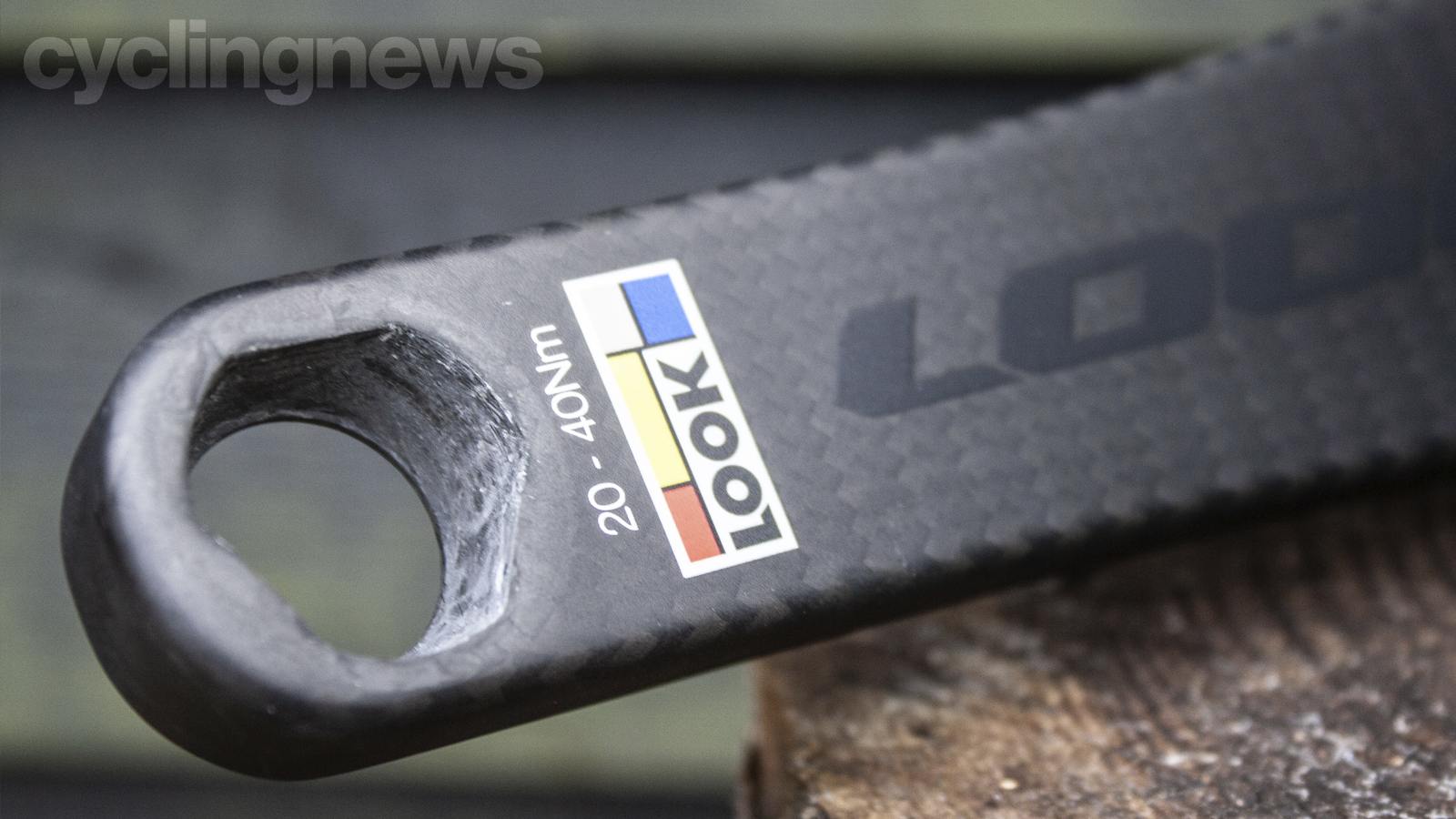
Design and aesthetics
The PM9 adopts SRM's typical understated design philosophy, which helps keep things neutral and sophisticated. Eagle-eyed readers will have no doubt spotted the lack of official PM9 graphics, which consist of a honeycomb pattern and yellow 'Nine' logo. We've been told that our particular test sample is an 'advance press unit' and shipped without the new decal owing to supply issues around the availability of the new scratch-resistant sticker material. (SRM has assured us that all Powermeter 9s will be shipped with the new decal).
Depending on which configuration you opt for, the visuals will vary between models. The upper echelons of the PM9 range come outfitted in carbon-Ti chainrings and carbon-fibre crankarms. Our particular test unit features a stunning meld of materials - most notably the company's Origin aluminium chainrings and Look-designed carbon-fibre cranks. The interplay between the darker hues and textures, particularly the carbon weave on the cranks, provides a premium look and feel, and adds to the depth of field.
Despite lacking the official sticker kit, I quite like the look of this model. The SRM logo is proudly positioned on the spider with further 'SRM Power' and 'SRM Origin' graphics taking up residence on the crank arms and chainring respectively.
Rapha Explore Powerweave shoes
Titanium MyTi 3D-printed titanium pedals
Campagnolo-equipped Pinarello Dogma F12 Disc
Mathieu Van der Poel's race suit
The hidden gems on EF's new jersey
CeramicSpeed 3D-printed Ti OSPW system
SRM X-Power power meter pedals
Corima 47mm MCC DX tubular wheels
Selle Italia Flite Boost MVDP Edition saddle
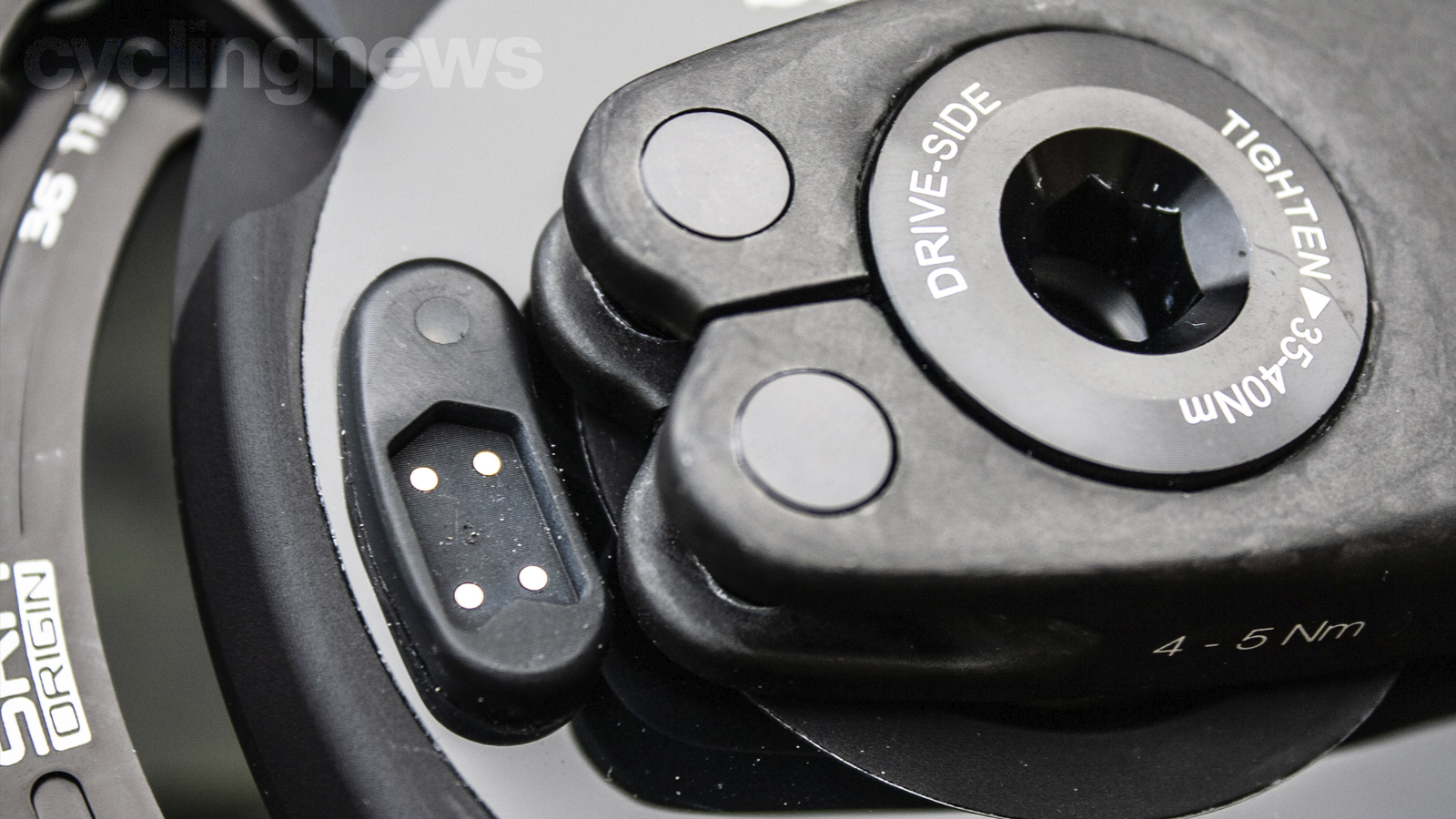

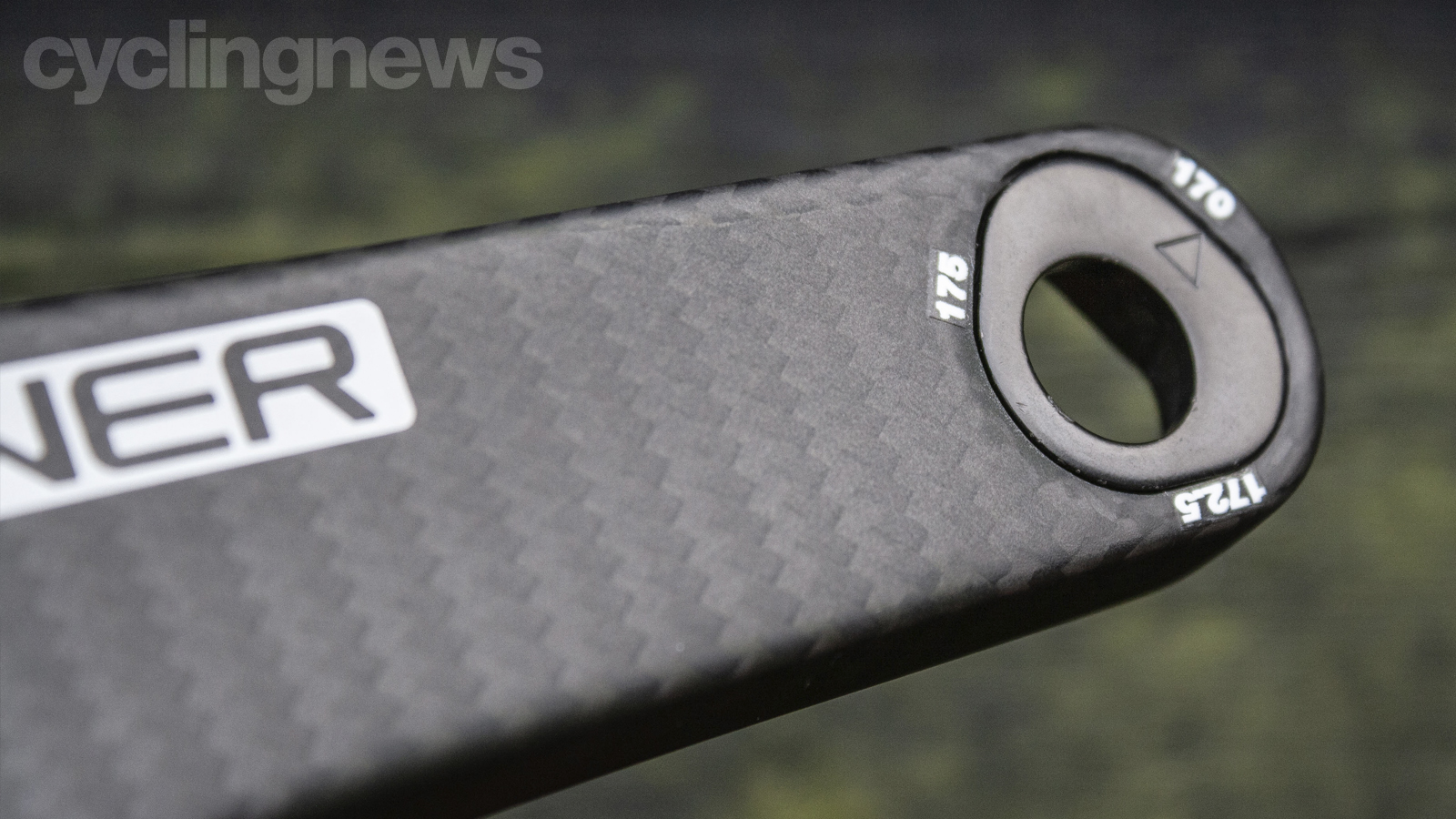
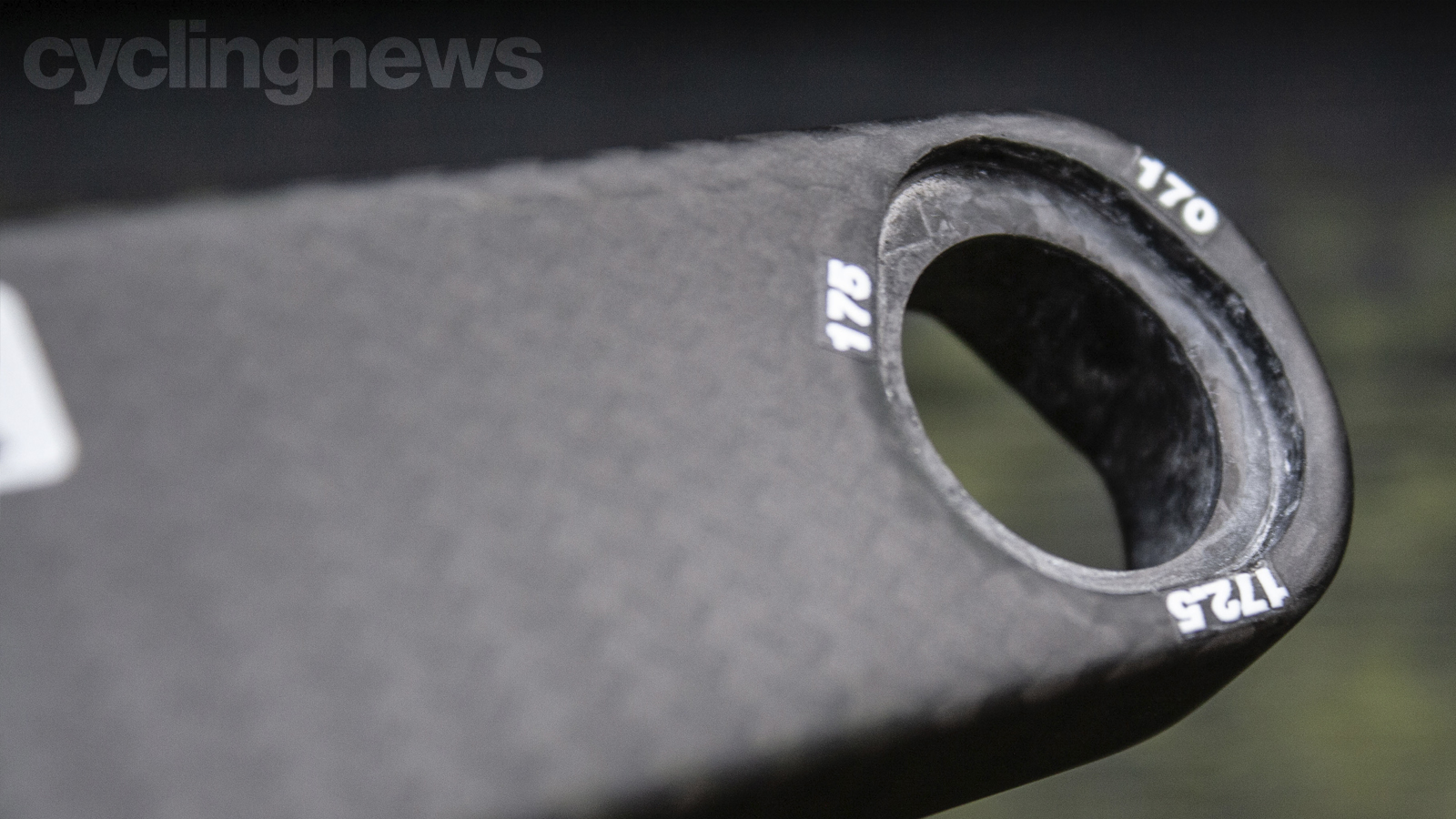
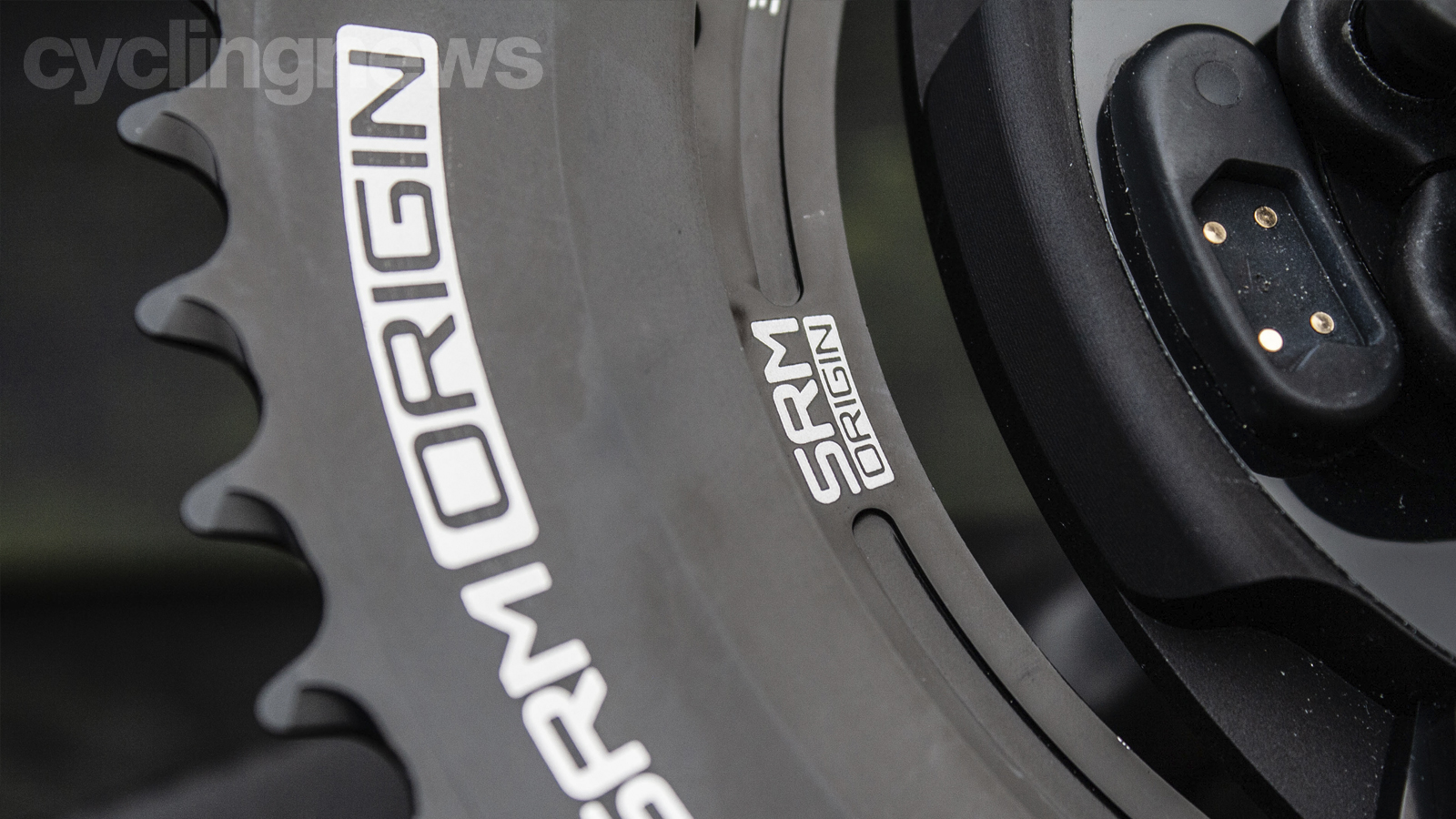
Specifications
The SRM Powermeter 9 is a lot like the Rotor INspider power meter we featured last year in that it's a spider-based unit with a modular design philosophy. As a result, the PM9 can be tailored to fit any bike, allowing users to mix and match spindles to fit various bottom bracket standards, crank arms and chainring configurations. You can purchase it as a spider only or spec it as a complete SRAM, Shimano or Campagnolo crankarm/chainring system. It uses a four-bolt BCD pattern so it plays nicely with most popular brands and sizes, 1x and double chainrings included. It can also be used across disciplines, mountain bikes included.
The PM9 itself is claimed to conform to even higher standards of accuracy and reliability than previous iterations while meeting the modern demands of user connectivity through a dedicated app. The SRM PM9 app can be downloaded from the Playstore or Appstore and used to track all sorts of metrics such as live torque data, monitor battery status and update the firmware. You can also use it to perform a zero offset calibration (something that can be also be done via any of the best cycling computers, too).
Of the new features, it's the magnetless cadence measurement functionality, oval and osymmetric chainring compatibility, left/right balance and pedal smoothness that stand out - I will touch on temperature compensation a little later. According to SRM, the new PM9 records power in greater accuracy across the board (low-cadence situations and oval chainrings included) thanks to improved angle and torque measuring protocols - the integrated temperature sensor auto-corrects for even greater accuracy in changing conditions. Accuracy is pegged at +/-1 per cent.
The strain gauge layout adheres to the same philosophy as SRM's previous models with eight gauges placed symmetrically in pairs in what is called a 'Wheatstone Bridge'. This setup allows for a degree of compensation between each other, especially when the aluminium of the spider is affected by changes in temperature. Not only does this guarantee a stable offset over the whole temperature range, but SRM has also gone one step further and dialled in a temperature compensation feature.
What this means is that every PM9 receives a temperature calibration where the offset is saved at room temperature followed by a deep freeze at -10°C. This provides the basis on which SRM can calculate the temperature drift of each individual Powermeter and improve accuracy across the spectrum.
The carbon cranks - made by Look - use what is called 'Trilobe Technology', a system that lets you flip between three crank lengths (170, 172.5 or 175mm) by way of a threaded insert plate and it works very, very well. What of battery life? Well, like the previous-generation SRM Origin, the battery will serve up 100 hours of runtime and can be charged through the magnetic port located on the spider - no more sending the unit to Germany for a battery replacement.
The Powermeter 9 broadcasts over both ANT+ and Bluetooth LE, and is compatible with Zwift.
View the Powermeter 9 at SRM
Early impressions
I'm still in the early testing period but the SRM Powermeter 9 has been impressive to say the least. The installation process is simple and intuitive, the app is easy to navigate and the unit itself is tracking accurately against the Elite Direto XR direct drive smart trainer and Favero Assioma Duo power pedals - further in-depth accuracy testing awaits, as does a selection of outdoor time trials to establish how it tracks vs indoors.
At $2,299 / €2,249, it's hard to ignore the price point. It really is an exorbitant amount of cash but, then again, SRM has never proclaimed to cater for the masses but rather provide the best trouble-free and reliable user experience on the market. To that end, the PM9 is difficult to fault and while there are significantly cheaper units available, nothing comes close to the status and peace of mind that SRM brings to the party.
Be sure to check back in the coming weeks for the complete review of the SRM Powermeter 9.
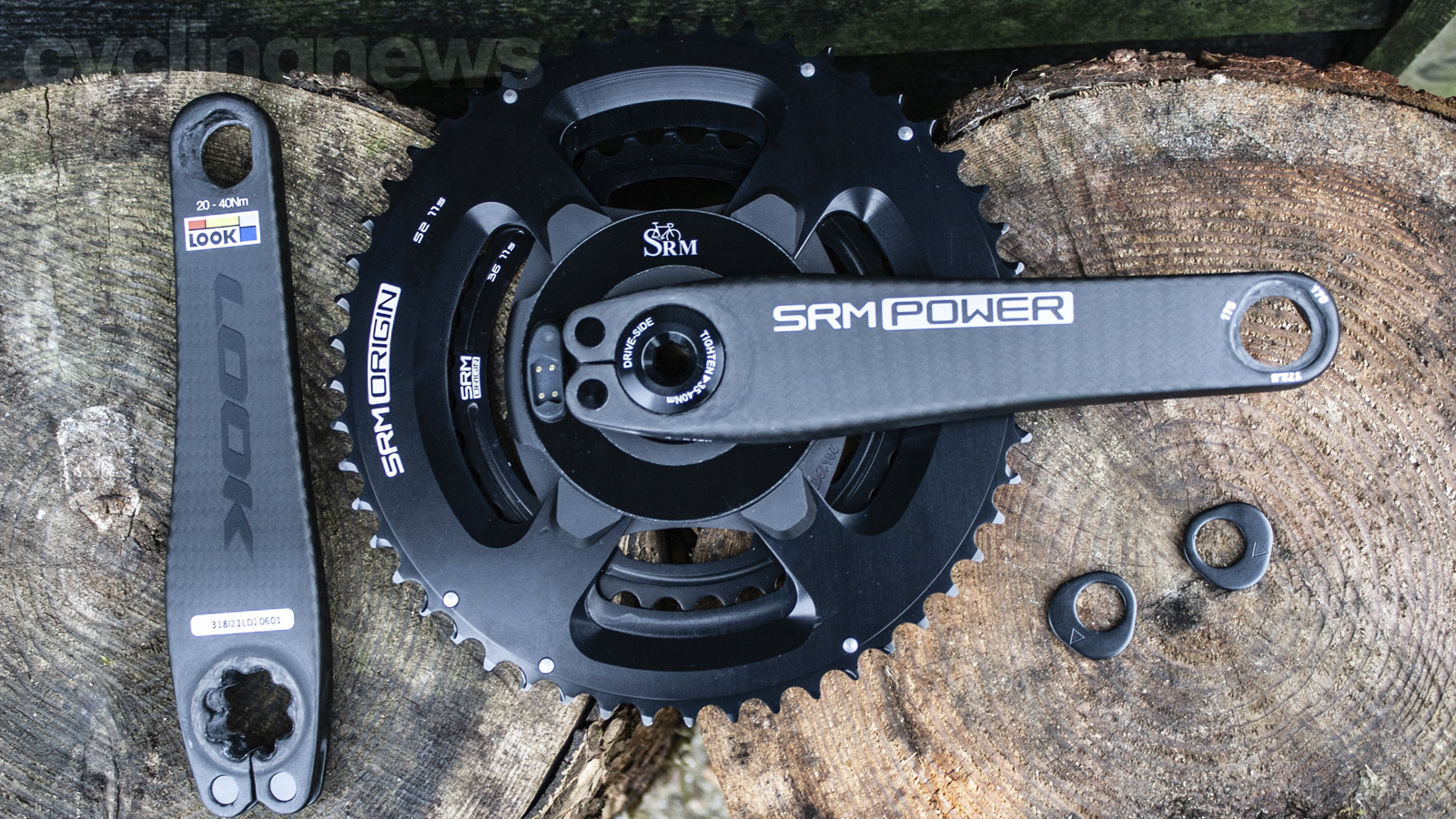
Tech Specs: SRM Origin Powermeter 9
- RRP: $2,299 / €2,249 (pictured)
- Weight: 700g, claimed
- Accuracy: +/-1%
- Connectivity: ANT+, Bluetooth and Zwift compatible
- Battery life: 100 hours
- Battery type: Rechargeable
- Measurement: Dual-sided
- Type: Spider
Aaron was the Tech Editor Cyclingnews between July 2019 and June 2022. He was born and raised in South Africa, where he completed his BA honours at the University of Cape Town before embarking on a career in journalism. Throughout this career, Aaron has spent almost two decades writing about bikes, cars, and anything else with wheels. Prior to joining the Cyclingnews team, his experience spanned a stint as Gear & Digital editor of Bicycling magazine, as well as a time at TopCar as Associate Editor.
Now based in the UK's Surrey Hills, Aaron's life revolves around bikes. He's a competitive racer, Stravaholic, and Zwift enthusiast. He’s twice ridden the Cape Epic, completed the Haute Route Alps, and represented South Africa in the 2022 Zwift eSports World Championships.
Height: 175cm
Weight: 61.5kg
Rides: Cannondale SuperSlice Disc Di2 TT, Cannondale Supersix Evo Dura-Ace Rim, Cannondale Supersix Evo Ultegra Di2 Disc, Trek Procaliber 9.9 MTB
What is a hands on review?
'Hands on reviews' are a journalist's first impressions of a piece of kit based on spending some time with it. It may be just a few moments, or a few hours. The important thing is we have been able to play with it ourselves and can give you some sense of what it's like to use, even if it's only an embryonic view.
